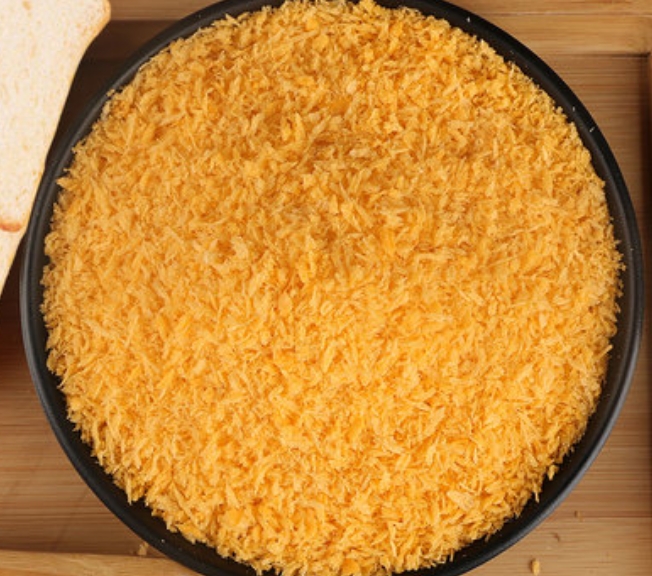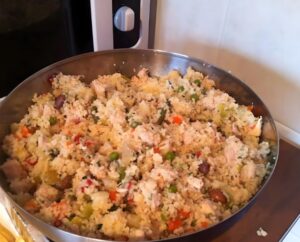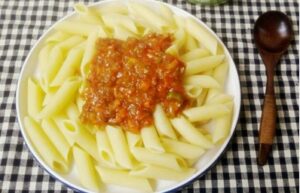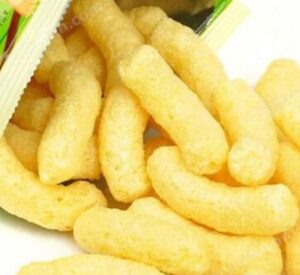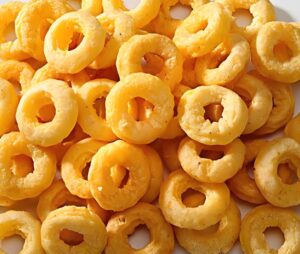The Production Process of Breadcrumbs
Breadcrumbs, a versatile ingredient used in cooking and baking, are made from dried and ground bread. They add texture and flavor to dishes like fried foods, casseroles, and coatings. The production of breadcrumbs involves several key steps to ensure quality and consistency.
1. Selection of Raw Materials
The process begins with selecting high-quality bread, typically white or whole wheat. Stale or unsold bread from bakeries is often used to reduce waste. The bread should be free from mold and contaminants.
2. Drying
The bread is dried to remove moisture, which prevents spoilage and ensures a longer shelf life. There are two common drying methods:
- Oven Drying: Bread is baked at a low temperature (around 120–150°C) until crisp.
- Air Drying: Bread is left in a well-ventilated area to dry naturally, though this method takes longer.
3. Grinding
Once fully dried, the bread is broken into smaller pieces and ground into crumbs. The grinding process can be adjusted to produce different textures:
- Fine breadcrumbs (for coatings and binding).
- Coarse breadcrumbs (for toppings and stuffing).
4. Sieving and Sorting
The ground crumbs are passed through sieves to ensure uniform size. Any oversized particles are reground, while fine dust may be removed to improve quality.
5. Seasoning (Optional)
Some breadcrumbs are flavored with herbs, spices, or salt to enhance taste. This step is common in commercial production for specific culinary uses.
6. Packaging
The final product is packed in moisture-proof bags or containers to maintain freshness. Vacuum sealing or nitrogen flushing may be used to extend shelf life.
7. Quality Control
Throughout production, checks are conducted for moisture content, texture, and microbial safety to meet industry standards.
Conclusion
Breadcrumb production is a straightforward yet carefully controlled process that transforms bread into a useful culinary ingredient. By optimizing drying, grinding, and packaging, manufacturers ensure a high-quality product for both home and industrial use.
Would you like any modifications or additional details on specific steps?

